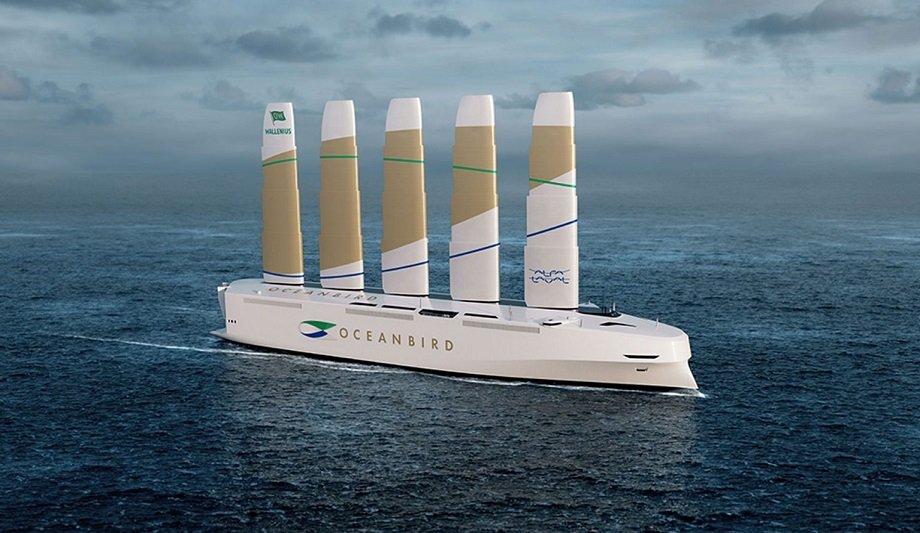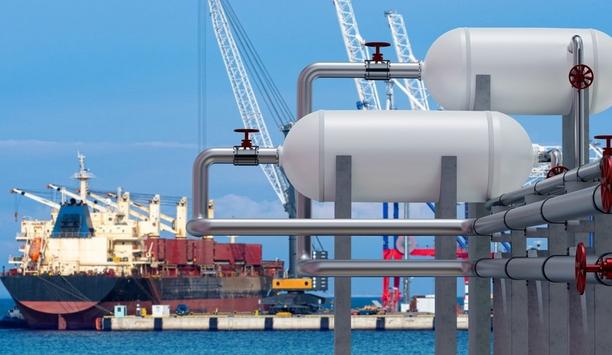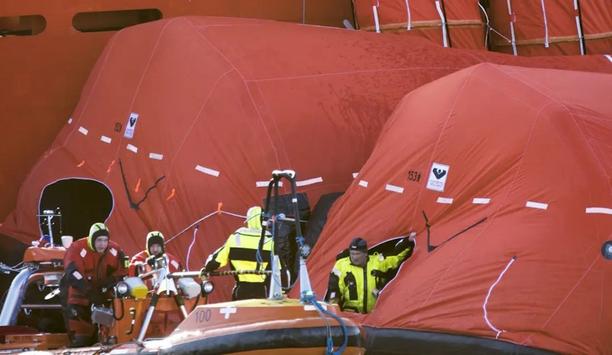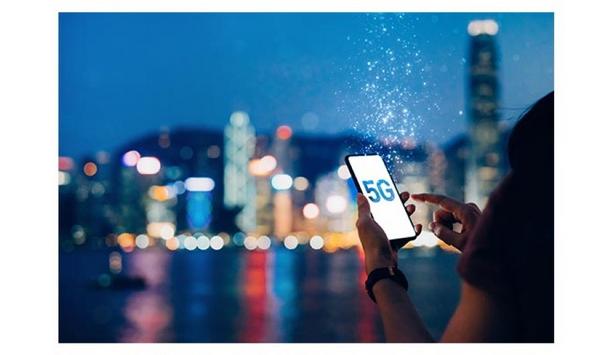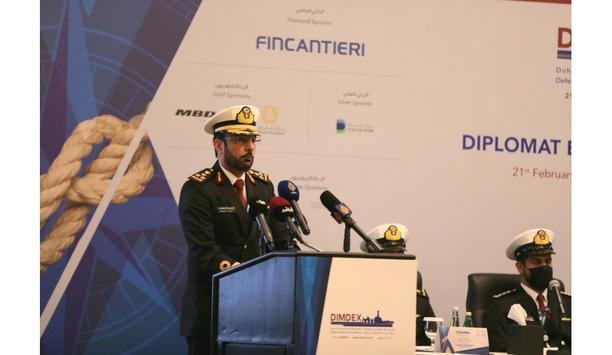Despite the scheduled unveiling of the winner of the 2022 Next Generation Ship Award being postponed by the Omicron surge, the winner from the four shortlisted candidates revealed last year will be presented with the prize on 4 April this year.
Details of the four shortlisted candidates have already been publicly revealed but the other candidates were all worthy competitors and deserving of greater mention. Every one of the entrants was chosen by at least one of the judges in their selections and several only just missed out on reaching the final quartet. Some of them are detailed below:
Viking Energy (Offshore)
This was one of the retrofit entries permitted under the Award criteria and is a superb example of why the award is not limited to new buildings despite the Next Generation title.
Viking Energy achieved instant recognition as the first offshore supply vessel to be fitted with a dual-fuel engine
It shouldn’t be forgotten that currently only around 2,000 new ships per year are being ordered but more than 30,000 vessels may need modification to meet the IMO EEXI rules coming into effect next year. Many of these vessels will need to make use of new technology that can be incorporated into new vessels further down the line.
Viking Energy was built in 2003 by Kleven in Norway and achieved instant recognition even then as the first offshore supply vessel to be fitted with a dual-fuel engine and run on LNG. Its entry in the latest awards is as valid as the vessel is to be used as a testbed for a future fuel and power source in the form of a 2MW ammonia fuel cell planned to be installed next year.
Wallenius Oceanbird (Car Carrier)
Under the award criteria, pure concept vessels are not eligible for entry but in this case, there is a good chance that a car carrier will be commenced within the allowed period. This was made more likely after the entrant – Wallenius – entered into a joint venture with Alfa Laval to develop the technology.
The Oceanbird concept makes it possible to reduce 90% of a vessel’s emissions. Telescopic wings harness the wind to power the largest ocean-going vessels. Sails are no longer the issue this time the rigging has more in common with airplane wings. The first vessel of the Oceanbird concept will be a car carrier, with the ability to carry around 7,000 cars.
Hanse Eco (Short Sea General Cargo)
The Hanse Eco vessels developed by Groot Ship design, Rhenus-Arkon-Shipinvest, and Arkon Shipping are based on the latest developments related to environmental protection, digitalisation, and design. Due to their optimised hull shape, the 4,200dwt ships save about 20% in fuel compared to traditional ships. The first of five vessels, Wilson Flex 1 was delivered in January 2022.
The ‘Hanse Eco’ fleet is the result of an initiative to develop a future-oriented short sea fleet
The ‘Hanse Eco’ fleet is the result of an initiative to develop a future-oriented short sea fleet. Groot Ship Design completed and delivered the concept design for the ‘Hanse Eco’ project of RHENUS-ARKON-SHIPINVEST (RHAS) which is believed to set a new standard for European short sea shipping.
The standard will be used by RHAS as a platform to implement future developments in making short sea shipping more sustainable and environmentally friendly. Use of batteries, use of hydrogen in combination with fuel cells, automation, and other technologies to allow electrical propulsion are planned.
Nordica (Feeder Container Ship)
Decarbonisation has become the hot topic for shipping and this retrofit entry could herald a breakthrough for existing and new-build ships alike. Value Maritime has developed an onboard CO2 capture and storage solution for the maritime industry. A capture module captures CO2 from the vessel’s exhaust and uses the CO2 to charge a CO2 battery.
The first such system will be installed on Vissser Shipping’s feeder container vessel Nordica. The module will be integrated into Value Maritime’s Filtree exhaust gas cleaning system. The system is based on an innovative and patented technology to remove CO2 from the vessel’s exhaust gas. The CO2 is used to charge the CO2 battery; an onboard storage facility that can charge and discharge CO2 indefinitely.
The charged battery will be offloaded in ports and transported to CO2 customers such as those in the food and agricultural sectors who “re-use” the CO2 in their processes eliminating the need to burn fossil fuels to produce the CO2. After CO2 discharge, the battery returns to the vessel, to be recharged with CO2.
TR Lady (KamsarMax bulker)
TR Lady will achieve efficiency gains higher than the required target for the upcoming EEXI regulations
This is once again a retrofit project that could have implications for the EEXI rules and large bulk carriers.
The operator of TR Lady, Tufton has partnered with Anemoi, to install Rotor Sails. The solution will consist of three large Rotor Sails in what will be the first installation of the technology on a Kamsarmax bulker and the first installation of Rotor Sails on Anemoi’s transverse rail deployment system which allows the rotors to be moved across the vessel so as not to impede loading operations in port.
Increased efficiency and emission savings
The estimated fuel and emissions savings on the TR Lady from the Rotor Sail installation is around 10%. Other than the Rotor Sails, Tufton is selecting ESDs for retrofit on the vessel and has currently engaged a leading naval architect consultant for this purpose.
ESDs under consideration include a pre-swirl duct, electric heaters, waste heat recovery systems, and main engine modifications. Tufton expects that after all the ESD retrofits, the TR Lady will achieve efficiency gains higher than the required target for the upcoming EEXI regulations. Performance data will be collected from the vessel in real-time to validate the efficiency gains.
Esperanza (Ro-pax ferry)
This is a Canadian design for a ferry to operate in South America that incorporates two new design features, both patented in the EU and USA, allowing the designers to increase capacity by around 20% and to reduce power by a similar amount as compared to similar size contemporary hulls.
The result is a striking-looking vessel that continues with the recent trend for unconventional bow forms.
Design features
Bulbs geometry is designed to rotate the flow of water into propellers thereby increasing their efficiency
In this case, the winged bow splits the hull above the waterline into a very slender forebody and a very wide – practically rectangular – hull above. 1800 lane metres of 3.0m wide lanes are accommodated on only two decks, with no articulated ramps, offering the simplicity of time-effective loading and unloading operation.
The second new design features are the stern bulbs, allowing fitting very short shafts, as the engines are located in the bulbs. The bulb's geometry is designed to rotate the flow of water into propellers, significantly increasing their efficiency and reducing power.
For 14.0kn in calm water, this 10,500-ton hull needs only 2,360kW greatly reducing power, fuel consumption, emissions, and operational cost. The owners are in the process of ordering Esperanza’s near-sister ship. This second vessel will feature both the winged bow and the stern bulbs improved over those in Esperanza, further improving the hull efficiency.
